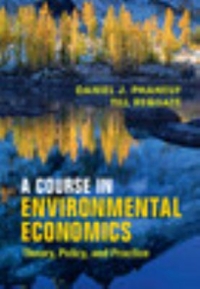Question
Which of the following is not true for Perfect Price Discrimination? (A) The welfare-maximizing quantity (aka the efficient quantity) is produced. (B) Each consumer is
Which of the following isnottrue for Perfect Price Discrimination?
(A) The welfare-maximizing quantity (aka the efficient quantity) is produced.
(B) Each consumer is charged their reservation price for a unit of a good.
(C) Firms engaging in perfect price discrimination need to prevent resale.
(D) Firms engaging in perfect price discrimination need information about consumer's underlying utility functions.
(E) Each of the facts above is true.
-- I think the answer is (B), but I'm not sure.
LetX= 1510
Suppose that the demand for the monopolist's product is given byq=X pand the total cost of production isc(q) = 10q.(Note: These are the same numbers from last week!)
(a) Suppose a price ceiling of $30 is imposed. What is the resulting price and quantity?
(b) What price ceiling has to be imposed in order to induce this firm to produce the socially optimal level of output?
Step by Step Solution
There are 3 Steps involved in it
Step: 1

Get Instant Access to Expert-Tailored Solutions
See step-by-step solutions with expert insights and AI powered tools for academic success
Step: 2

Step: 3

Ace Your Homework with AI
Get the answers you need in no time with our AI-driven, step-by-step assistance
Get Started


